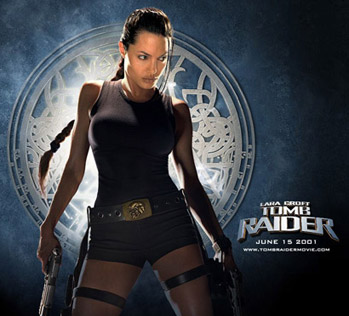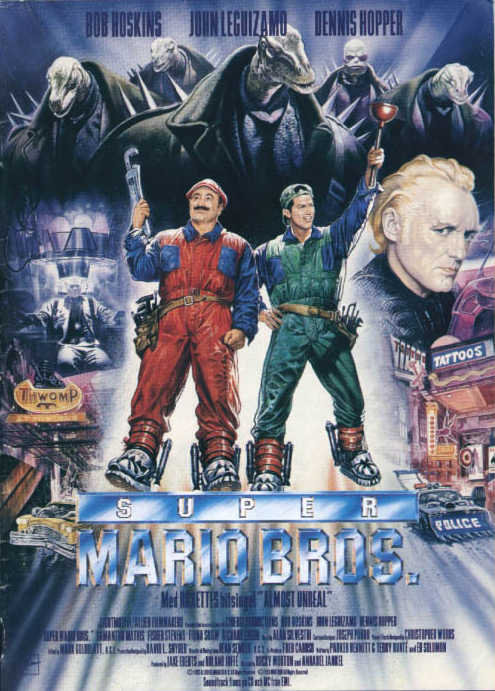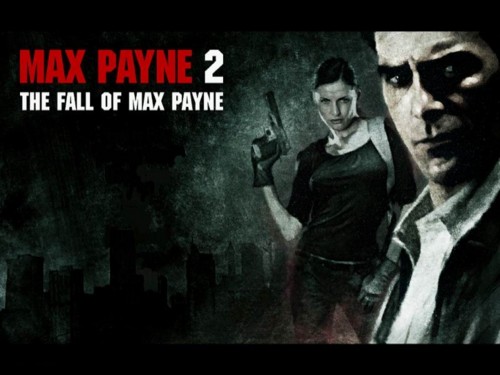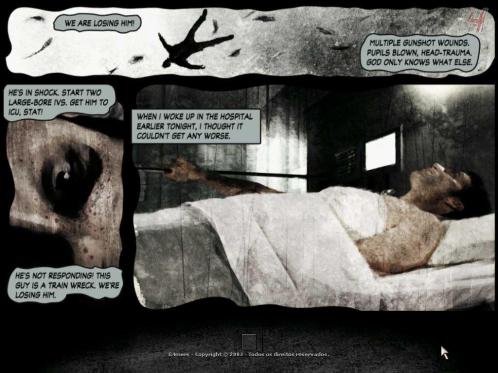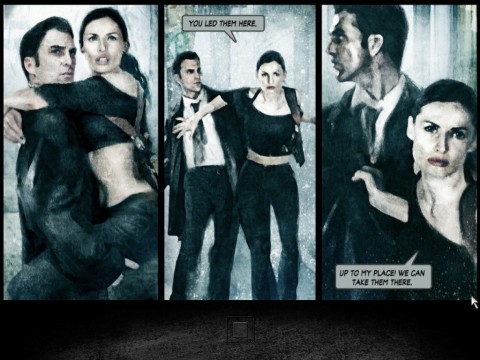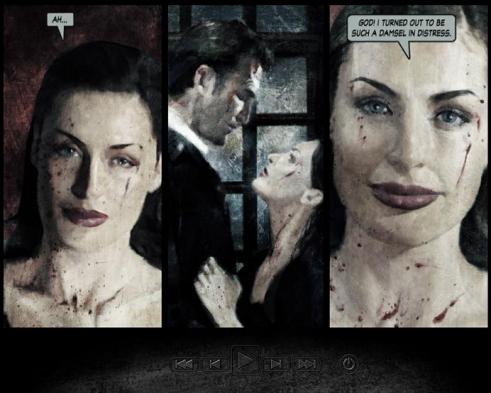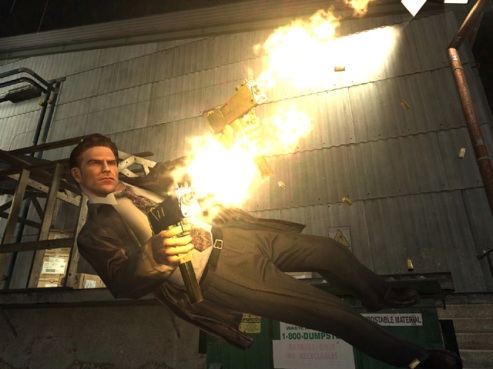“Semiotics and its Importance in Adaptations” and “Tomb Raider Review”
The semiotic language of games is different than the one in movies; normally, directors and writers of these adaptations either don’t fully understand one or the other (sometimes even both… *coff* Uwe Boll *coff*). Now, this is the primary condition for a successful transition from one means to the other; I mean, how can one even begin to think about adapting an artistic means to another without understanding the language each one of them uses? Just imagine taking a book filled with meaningful metaphors and translate it into a movie without taking into account the same metaphors; most of the book’s hidden meanings would be lost. What’s happening in most game-to-movie adaptations is similar to this. Either the director/writer didn’t play the game or didn’t understand its drive or focus (example: “Resident Evil”), or they played it, but simply don’t know how to convey that into a correct and interesting cinematic language (example: “Final Fantasy: Advent Children”).
Take for instance, “Tomb Raider”; what was convened in the movie? Basically that there is this rich Lara Croft babe, that is an athletic, voluptuous chick that can shoot like Neo, jump higher and farther than the established Olympic records and that does a living by exploring tombs filled with ancient “magical” artifacts that hold the most powerful hidden secrets of extinct civilizations. Was “Tomb Raider” really about this? Well, in part, it was, at least when it came to the games backdrop and small uninteresting cutscenes. But I don’t believe that was the main focus of the game. If you ask me, “Tomb Raider” was all about creating a sense of immersion in an unknown and mystic scenario and the exploration of large ancient ruins, filled with beautiful architectural details and strange enigmatic puzzles. Now look at the movie again, was any of this in the movie? No! Why? Because the screenwriters only understood “Tomb Raider” from a simplistic cinematic point of view; the only narrative they saw in “Tomb Raider” was the one imbued in the idiotic plot and action part of the game. Why? They just don’t understand how narrative is conveyed in games, period. Everything in the adaptation stinks, from the poor choice of scenarios to the action oriented nature of the movie, not forgetting the horrible rock and roll soundtrack (in opposed to the game’s classical arrangements that augmented the tension and ambiance of the tombs). You could argument that the sense of exploration would be hard to convey in the movie; but hey, that was the main focus of the game: if you can’t convey that, then don’t even bother adapting it.
And this happens in almost every adaptation: where’s the sense of isolation, dread and horror in “Resident Evil”? Remember Milla Jovovich roundhouse-kicking dogs? C’mon, is it that hard to understand that’s not scary? Where’s the dark mysticism in “Alone in the Dark”? I’ll tell you where, it’s lying in the slaughterhouse after it was butchered by Uwe Boll’s horror/sci-fi scenarios filled with daylight (it’s a game about darkness, how hard can it be to understand that?) and his macho-soldier armies armed with heavy machine guns that blow everything to shreds (were there armies in the game… NO!). Where are the Ha-Do-Kens in “Street Fighter”? Oh, that blue myst that comes out of Ryu’s hands at the end of the movie IS a Ha-Do-Ken… I’d never have guessed, maybe I’m just dumb…
[More ranting about adaptations coming soon…]
